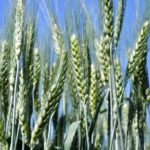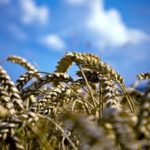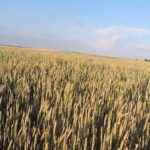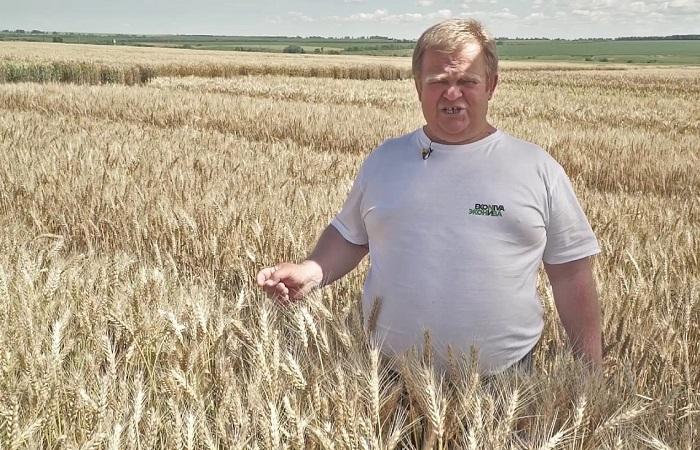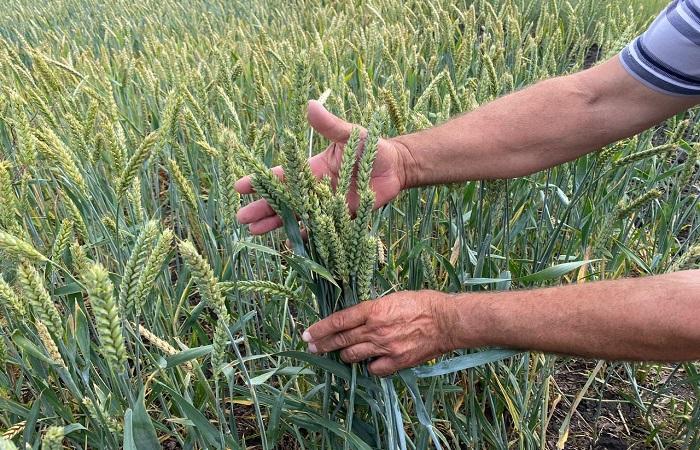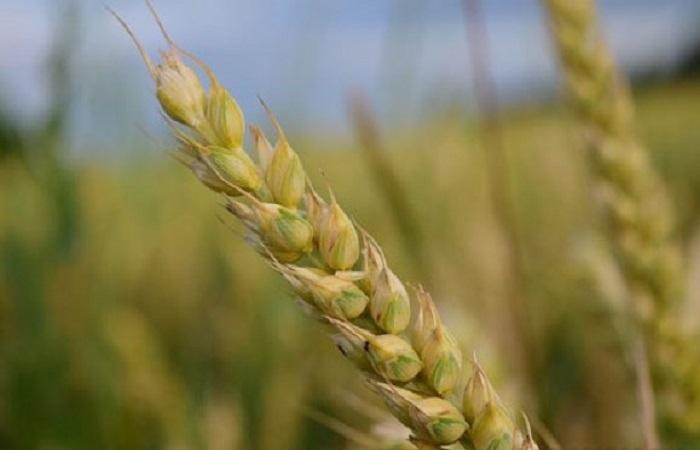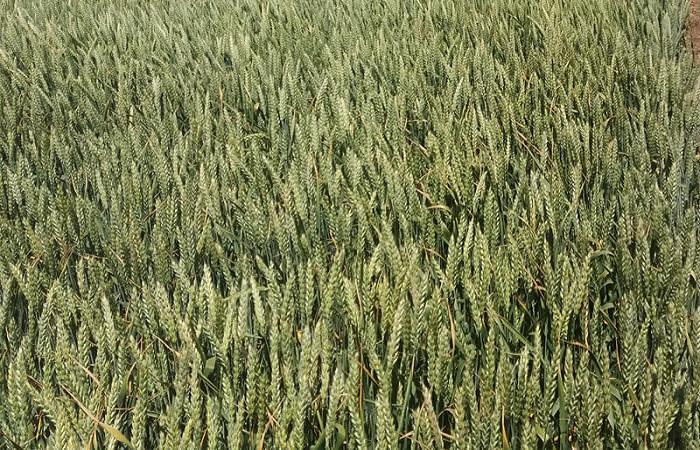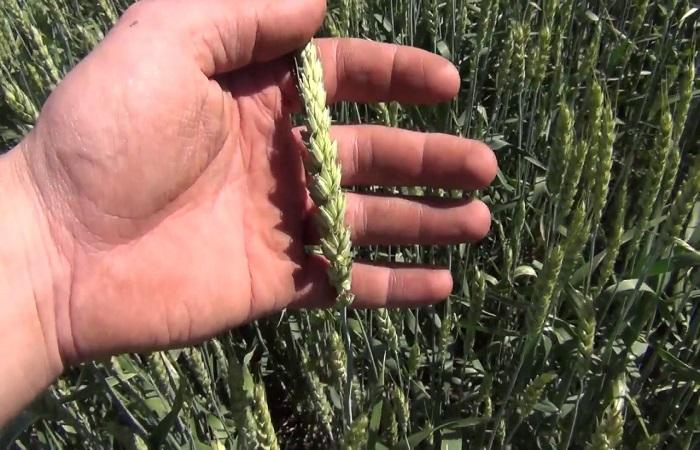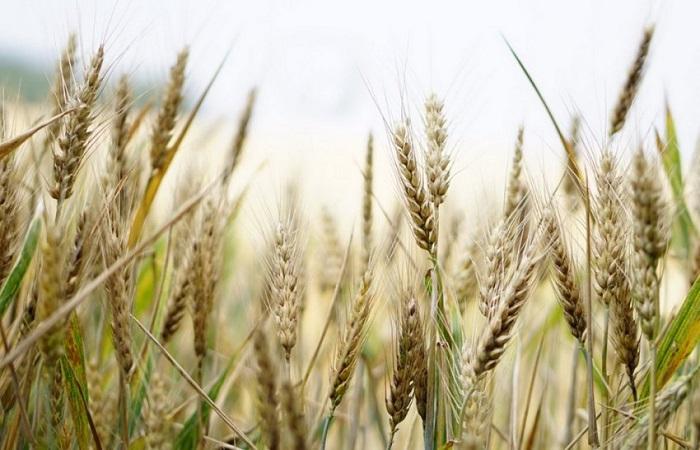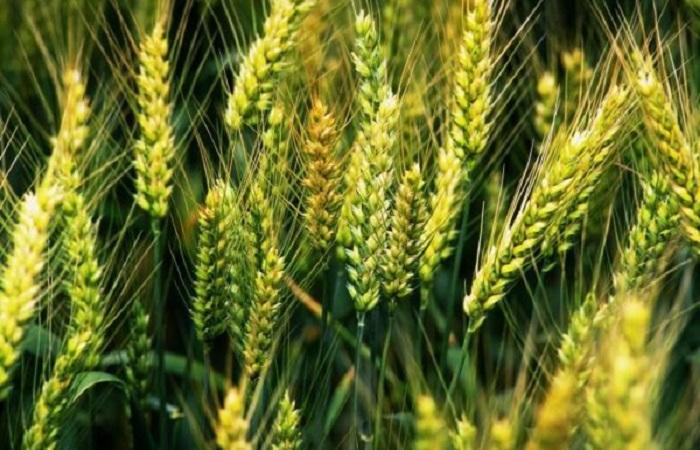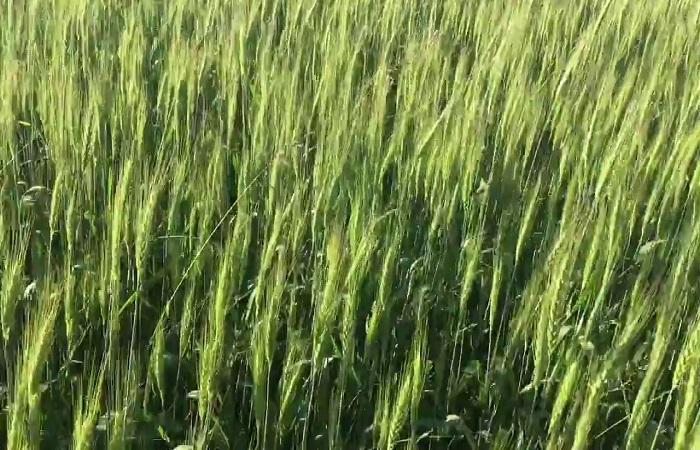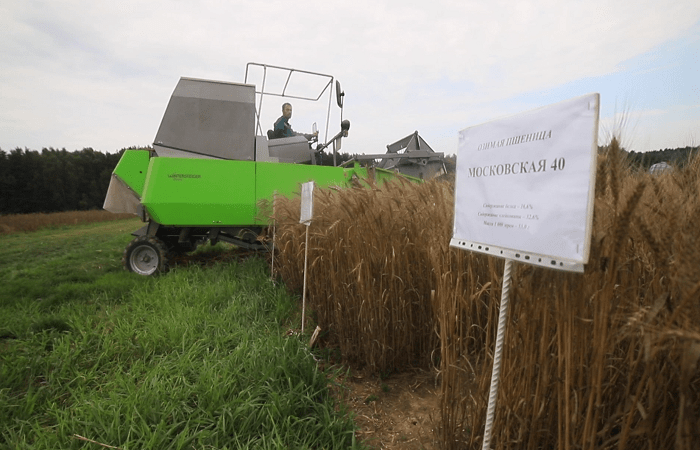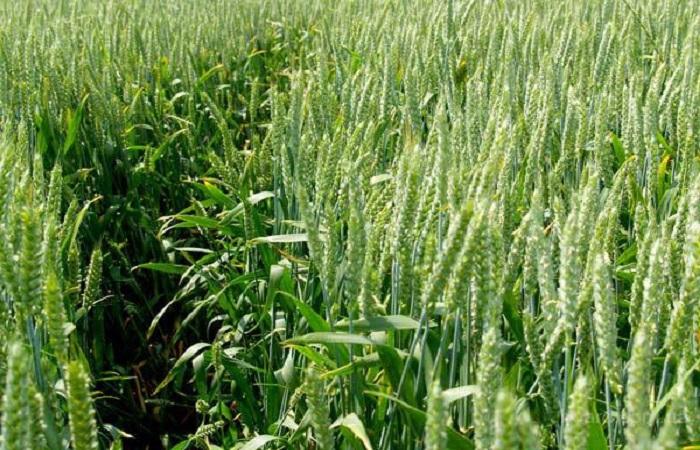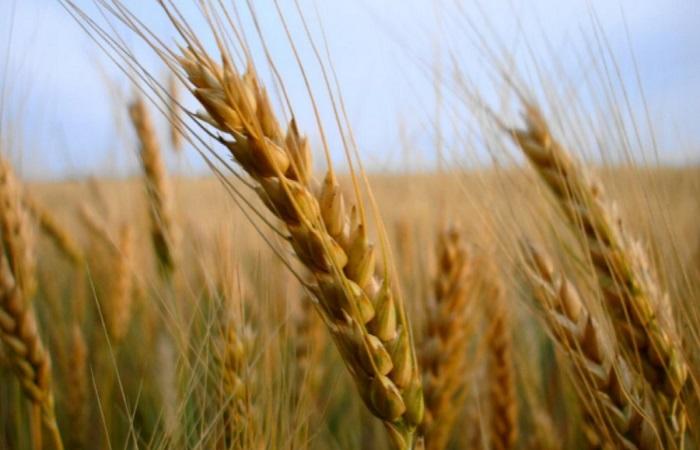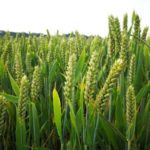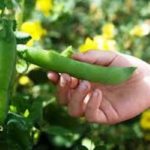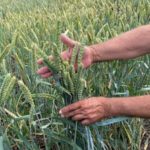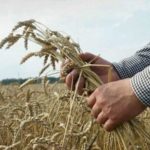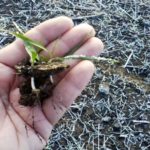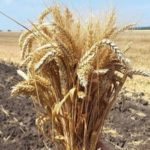Wheat is one of the most common and important cereals for humanity. It has the largest number of varieties, which are used to prepare a variety of products - from bread and pastries to pasta. Each variety of winter wheat has its own characteristics, which are important not only for classification, but also for use for a specific purpose.
Types of varieties
Based on the quality of the ear and straw, wheat is divided into two groups:
- Real wheat.
- Spelled
In real wheat, the grain is easily separated from the films.The ear is firmly attached to the stem, the straw is elastic and durable and does not collapse during threshing. For spelled, all the characteristics are strictly opposite: the grain is firmly held in the film, the ear is easily separated from the stem, and the straw crumbles during processing of the product.
The scientific classification of wheat is complex, but the division into soft and durum varieties is important. This is due to the fact that flour from different types of wheat has completely opposite technical properties and is used to produce different products.
Soft
Soft wheat varieties make up more than 95% of its total. They grow in areas with humid temperate and hot climates, so their distribution range is in regions such as Western and Central Europe, Russia and countries that were formerly part of the Soviet Union. These varieties are also found in Australia.
Bread wheat has a thin-walled straw with a cavity inside that extends along its length. Its grain has a glassy, semi-vitreous or mealy consistency on the inside. The color of the shells can range from white to a rich reddish hue.
Solid
Durum wheat has a dense, solid straw, small and hard grain, colored brownish or golden yellow. It prefers drier and warmer climates, so it is found in the Mediterranean region and in dozens of countries around the world with suitable weather.
It contains small and hard inclusions of starch. The flour obtained from such grains contains a lot of gluten (gluten), and the structure is uniform and finely grained. It quickly absorbs water and other liquids, and products made from it remain fresh for a long time without becoming stale. Thanks to these characteristics, durum wheat flour is ideal for producing high-quality pasta.
When cooked, they do not become soft, retain their shape, and have a delicate taste.
The best frost-resistant
Wheat can be winter or spring. Winter crops are sown in late summer-early autumn, depending on the region. It is more demanding on soil quality, therefore it is more suitable for sowing in regions with chernozems and chestnut fertile soils.
Before the onset of cold weather, winter crops have time to germinate and take root well. Mild weather with plenty of moisture helps them do this. Such wheat is quite indifferent to weather conditions; the main thing is that the crops are covered with snow before the onset of severe cold. Therefore, winter varieties zoned for cold areas are the most frost-resistant.
The most popular varieties
Since wheat is one of the most popular and important cereal crops for humanity, its selection has not stopped since the time when people learned to cross the first wild varieties.Despite the fact that in recent years there has been an increased interest in such old types and varieties of wheat as emmer, spelled and emmer, the selection of modern varieties and varieties continues.
Scientists are trying to develop new varieties that are not only suitable for sowing in different climatic zones, but will also be resistant to a set of diseases of cereal crops, and will also show high and stable yields and resistance to weather conditions.
Scepter
A winter variety of soft wheat recommended for cultivation in the Novgorod, Nizhny Novgorod and Pskov regions of Russia.
Pros:
- Drought resistance is average, in accordance with the standard.
- Resistant to grain shedding from the ear.
- Frost resistance.
- Baking qualities.
- Resistant to root germination, smut damage, moderately resistant to leaf rust.
Minuses:
- Susceptible to snow mold, powdery mildew, and septoria.
Thunder
Winter wheat is a valuable variety and is part of the lutescens variety.
Pros:
- Winter hardiness.
- Resistance to lodging.
- Relative drought resistance.
- Mid-season variety.
- Suitable for baking bread and bakery products.
Minuses:
- Susceptibility to a number of diseases.
Alekseich
The variety is recommended for cultivation in the Belgorod region, the Northern and Southern foothill zones of the Krasnodar Territory, the Azov and Southern zones of the Rostov region, the Stavropol Territory and the Republic of Adygea.
Belongs to the lutescens variety.
Pros:
- Mid-season variety.
- Winter hardiness is above average.
- Resistant to lodging.
- Strong wheat.
Minuses:
- The growing region is limited to the southern regions of the Russian Federation.
Tanya
High-yielding semi-dwarf variety. Leader in yield for industrial cultivation.
Pros:
- The variety is resistant to most diseases characteristic of soft winter wheat.
- Early ripening.
- Awnless ear.
- Resistant to lodging.
Minuses:
- Demanding requirements for agricultural background.
- It is important to choose the right planting zones.
Bezostaya 100
Medium-growing variety of the Lutescens variety. The spike is cylindrical, with short guard shoots in the upper part, without a waxy coating.
Pros:
- Mid-early variety.
- Winter hardiness is above average.
- Resistance to lodging.
- Strong wheat.
Minuses:
- Moderate yield.
- Susceptibility to a number of diseases of cereal crops.
Yuka
The variety was obtained through fourfold selection based on hybrids of the Polovchanka and Rufa varieties. It is distinguished by drought resistance and productivity, which makes it possible to use the variety in areas with similar climatic characteristics. Belongs to the yellow variety (lutescens).
Pros:
- Stability to lodging.
- Resistance to grain shedding.
- Mid-late variety.
- Productivity.
- Sowing according to predecessors, including after corn.
Minuses:
- Narrow distribution area.
Moskovskaya 56
Recommended for cultivation in the Tula region and the Central zone of the Moscow region. Belongs to the variety Erythrospermum.
Pros:
- Mid-season.
Minuses:
- Average and below average yield.
Moskovskaya 40
It is in the State Register for the Central and Central Black Earth regions, recommended for cultivation in the Tula region. The variety is erythrospermum.
Pros:
- Mid-season.
- Resistance to lodging.
Minuses:
- Average yield.
Moskovskaya 39
Soft winter wheat for growing in the Central and Central Black Earth regions of Russia, as well as in nearby areas with similar climate and soil type.
Pros:
- Mid-season.
- Standard winter hardiness and drought resistance.
- Resistant to snow mold, smut and septoria.
- The protein level in grain is higher than standard data by 1.5-2%, and gluten – by 6-8%.
Minuses:
- Average resistance to damage by powdery mildew and brown rust.
Ermak
Winter wheat is recommended for cultivation in the Stavropol Territory, Rostov and Volgograd regions. Belongs to the variety Erythrospermum.
Pros:
- Resistant to lodging.
- Mid-season.
Minuses:
- Average or below average yield.
- Narrow growing areas.
Each of the new or old wheat varieties has its own advantages and disadvantages, so with an abundance of products, producers can choose the appropriate seed material for themselves.



